Research and Innovation
Engineering with Purpose
LLNL Engineering’s cutting-edge work contributes to both fundamental science and new technological discovery. Driving all our efforts is a commitment to supporting and sustaining the Laboratory’s national security mission. We partner with colleagues throughout the Lab to provide critical technology and services that make revolutionary science and technology possible.
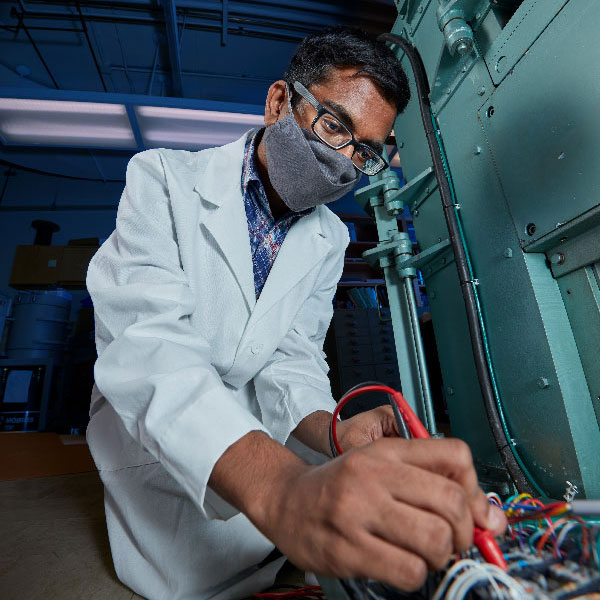
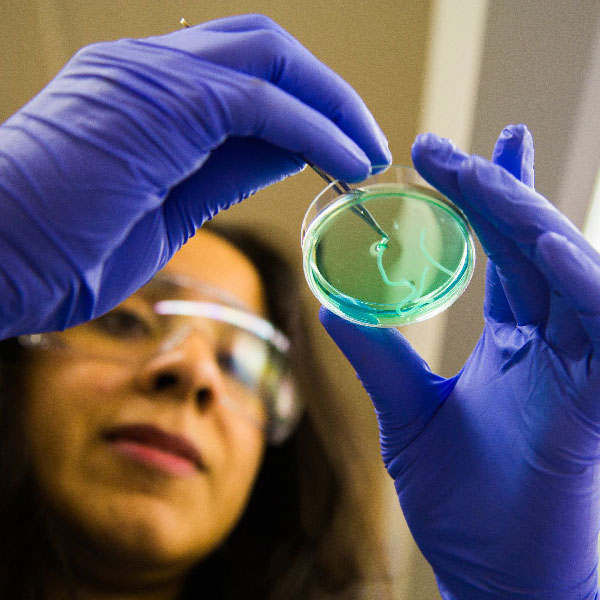
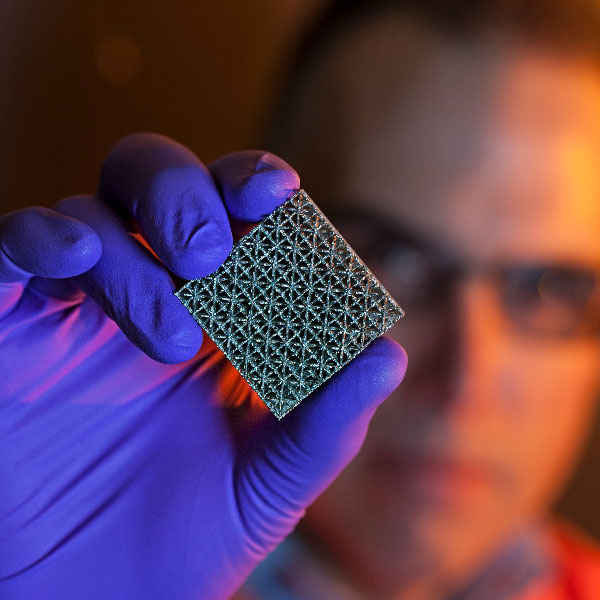
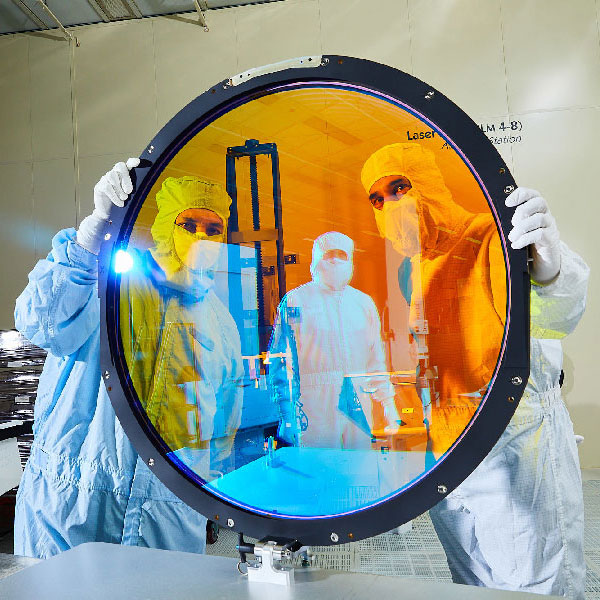
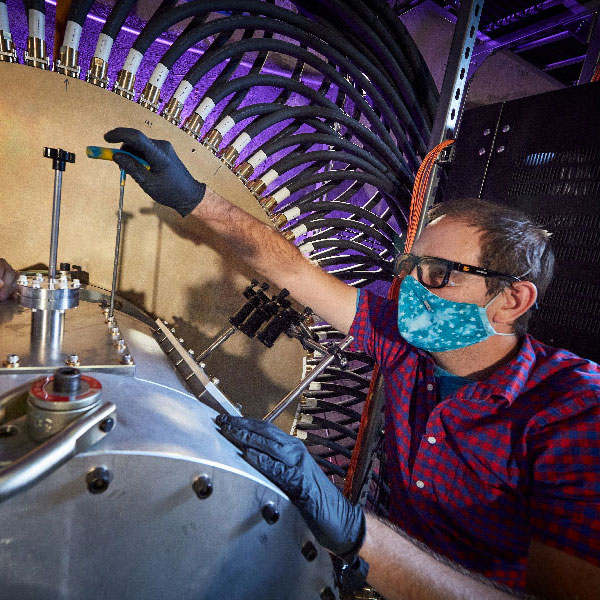
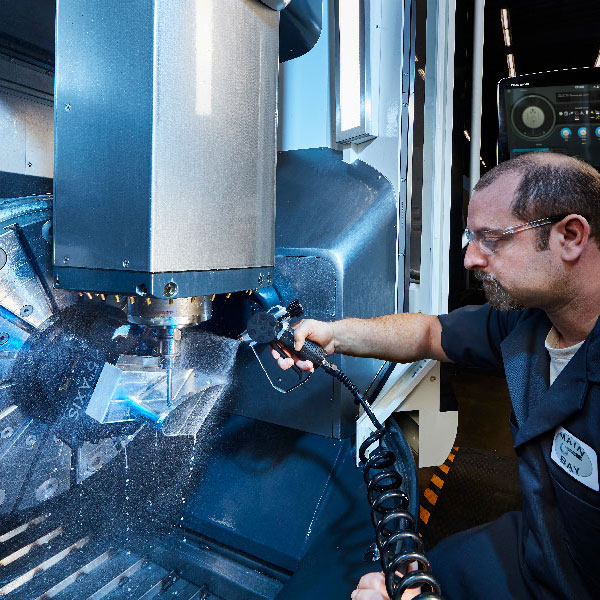
LLNL Engineering
Where mission and innovation meet
The Engineering Principal Directorate develops, builds, and applies engineering and technology to meet our nation’s security needs, reduce global threats, and tackle fundamental scientific and engineering challenges. Our research areas span the breadth of the discipline, supporting core programs in stockpile stewardship, laser systems, global security, and more.
Bioengineering
Improving human health and safety
Bioengineering at LLNL involves analysis of and intervention in complex, biological systems with the aim of supporting the Lab’s mission. Bioengineering enables transformational solutions to counter biological threats and increase national resilience.
Advanced Manufacturing and Materials Engineering
Defining the future of fabrication
Scientists and engineers in Materials Engineering, Advanced Manufacturing, and Materials Science at LLNL take a multidisciplinary approach to the rapid development of advanced materials and production processes—and they’re revolutionizing manufacturing along the way.
Optics and Photonics
Building next-generation optics and photonics
Optics and Photonics is a world leader in developing advanced high-energy, high-average-power, pulsed and ultrafast laser systems, such as the National Ignition Facility (NIF), the world’s most energetic laser.
Systems Engineering
At the forefront of the final frontier
Our Systems Engineering teams cover many areas, from sensor development to space science engineering. Using advanced modeling tools plus optimization capabilities and uncertainty quantification, systems engineering strives to quantify and elucidate decision-making and to hone new technologies within the context of the systems they will impact.
Computational Engineering and Data Science
Modeling and simulation for national security
Computational Engineering and Data Science advances modeling & simulation, data-analytic tools, and entire fields of study, such as collaborative autonomy—all with the aid of LLNL’s massive computing facilities. Our work underpins and informs national security efforts throughout the Lab.
Research and Innovation Highlights
From implants measuring neuronal activity to predictive models based on machine learning, LLNL Engineering designs, tests, and builds the technology of tomorrow, today. Learn more about our latest achievements.

James Webb Space Telescope Grating Prism
NASA’s James Webb Space Telescope (JWST) has captured unprecedented and detailed views of the universe, with the release of its first full-color images and spectroscopic data. Read Full Article
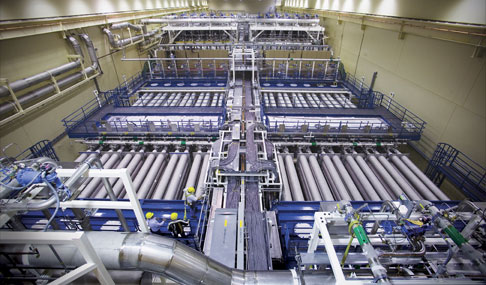
Fusion: On the Threshold of Ignition
On August 8, 2021, LLNL achieved a significant milestone in fusion research, demonstrating a fusion yield of 1.35 megajoules on NIF, more than two-thirds of the 1.9 megajoules of laser energy going in. Read Full Article
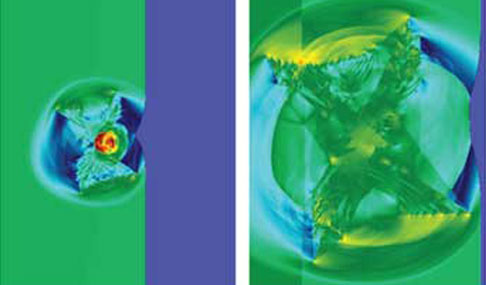
New Computer Simulations Reveal New Information about High Explosives
Engineers in the Computational Engineering Division unveiled computer simulations exploring the effects of shock waves on crystalline HMX in the May 2015 issue of the Journal of Applied Physics. Read Full Article

Discover Your Next
Career Opportunity
Top-notch administrative staff, technicians, and scientists make Engineering a powerhouse. Find a role that fits your skills.




